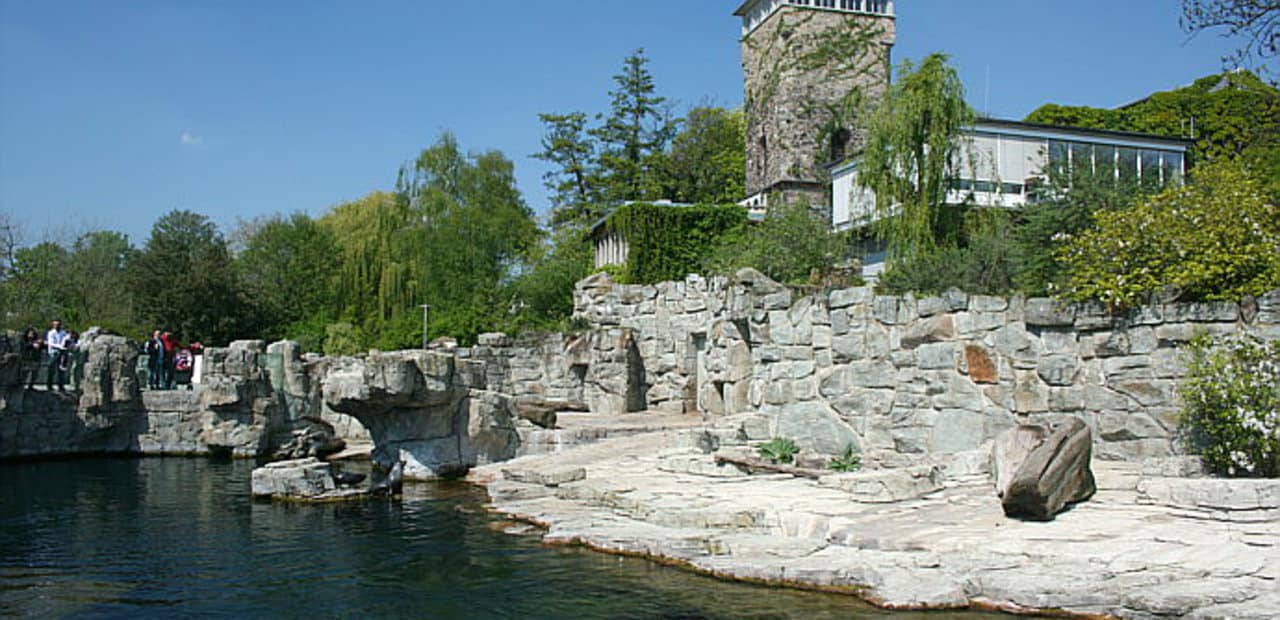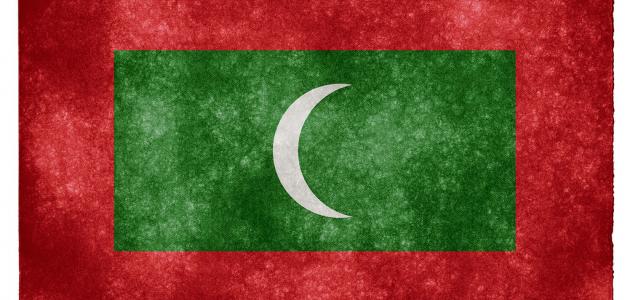Table of Contents
Turkey
Turkey (in English: Turkey), officially known as the Republic of Turkey, is a country located between the two continents of Asia and Europe, bordering the coasts of the Mediterranean, Black Sea and Aegean Sea. The history of the founding of the Turkish Republic dates back to 1923 AD, by Kamal Ataturk, who was named the father of Turkey, after the fall of the Ottoman Empire, and celebrates its independence day on October 29 every year, and the designation of Turkey comes from the Turks who inhabited it; where the word Turkey means “land” Turks. ”
Turkey is one of the largest countries in the world, as it has a relatively large area of 783,562 km2, and it is thus in the 37th ranking at the level of the countries in the world in terms of area, and in 2016 the population of Turkey reached 80,274,604 people, and it is thus in the 20th ranking at the level of countries The world in terms of population.
Ankara is the capital of Turkey
The capital of Turkey is the city of Ankara (in English: Ankara), which is the second largest Turkish city after Istanbul, and the city is a major center for Turkish trade and industry, in which the political and diplomatic activity of Turkey is concentrated, and Ankara was chosen to be the capital of Turkey in 1923 AD Ankara was named by this name from The word “Ankira” is a Greek word meaning anchor. Ankara has a long history of 10,000 years, and it was very important in that period. In 2014, Ankara had a population of 5,150,072 people, and although it was planned to accommodate only 500,000 people when it became the capital at the beginning of the twentieth century, its choice as the capital led to the influx of people from all Turkish regions to work and live in it.
Geography of Ankara
Location
The city of Ankara is located in the center of Turkey, which is an internal city that does not overlook any coast. Ankara follows the Anatolia region and is located on the eastern edge of the Anatolian Plateau, which forms the largest part of Turkey. Ankara is 450 km to the southeast of Istanbul, and rises above the surface level The sea has a distance of 938 meters, while the total area of the city of Ankara is 2,516 km 2. Astronomically, the city’s coordinates extend between 39 خط56′ north latitude and 32′52′ east longitude.
Ankara is distinguished by its strategic location, which has gained it a special importance among the Turkish cities. Locally, Ankara is located in the center of Turkey and thus connects the regions and cities of Turkey with a major communication line, but internationally, the city works to link all of Asia, Africa, and Europe and is an outlet for the entire Middle East, as it has A highly developed transportation network of airports, modern roads, and express trains, which helped it to play its role perfectly.
the climate
The city of Ankara has a warm and temperate climate, with an average annual temperature of 11.6 ° C, while an average annual rainfall of 383 mm. The summer season in Ankara is characterized by slightly elevated temperatures and a small rainfall rate, where the average highest average temperature in July is 22.4 ° C, while the lowest rainfall in August is 10 mm, while the winter season in Ankara is characterized by severe cold and dryness The lowest mean temperature in January is about 0.0 ° C, while the highest precipitation occurs in May, at 52 mm.
History of Ankara
The history of the city of Ankara dates back to prehistoric times, where evidence indicates that the first settlement in the city dates back to the Stone Age, as did the prosperous city of Phrygia at the end of the second millennium BC. During the year 333 BC Alexander the Great conquered the city, and in the third century BC the city was the capital of a tribe of the Galatians called Tectosag, and in 25 BC, Ankara became part of the Romen Kingdom under the rule of Emperor Augustus, then it became part of the Byzantine state, and during that During the period the city was attacked by the Persians and Arabs.
In 1073 AD, Ankara fell under the rule of the Seljuk Turks, but soon fell under the Byzantine rule led by Duke Raymond Toulouse in 1101 AD, but they could not maintain the city under their command, and Ankara returned to form a point of contention between the Seljuk Turks and their competitors until the year 1143 AD, and after That was the dispute between the Seljuk princes over the rule of the city, but after the founding of the Seljuk state, Ankara fell, and after the establishment of the Ottoman Empire Sultan Orhan occupied the city in 1354 AD, and the city became part of the Ottoman Empire in 1360 AD, but during the Anatolian campaign, Ankara was besieged by N Commander Timurlane executed her.
In the year 1403AD, the city fell again under Ottoman rule, the period in which the city gained importance as a major commercial center, due to its location on the caravan route to the east. In modern history, Ankara played an important role, as the Turkish national leader Mustafa Kemal Ataturk took from Ankara a center for the resistance movement during the period after the First World War, where this movement worked against the policies of the government, the Ottoman Sultan and the Greek invading forces, and Ataturk established a headquarters in The city in 1919 AD, and in 1923 AD, Ankara was chosen as the capital of the modern Turkish state.
Landmarks of Ankara
Depending on the great history that Ankara owns, the city includes a number of important historical monuments that attract tourists from all over the world, despite the fact that tourism is a non-major sector in the economy of Ankara and does not depend on it greatly.
- Ankara CastleIt is the oldest castle in Ankara. It is located in the Kali Mahallesi area, and its construction dates back more than 3000 years.
- Kocatepe MosqueIt is the largest mosque in Ankara, and its style follows the Ottoman design, and it has four large minarets. The mosque is located in Kultur Mahalisi, in the Kızılay region.
- Ataturk MausoleumIt is a museum that includes the grave of Kemal Ataturk, one of the pioneers and founders of the Turkish political movement, as well as a number of his personal possessions. The mausoleum is located in the Hall of Honor, and the museum also includes three other sections, the celebration square, the Black Road, and the Peace Park. The museum has a total area of 750,000 square meters.
- Romen bath: It is one of the witnesses to the Romen state that was established on the land of the city, and the construction of the pigeons dates back to the third century AD, where it was built by the Romen Emperor Carcalla, and includes hot and cold water rooms, special spaces for physical training and a wrestling arena.
- Haji Bayram Mosque: It is a mosque dating back to the 15th century AD, and was built in the shape of a rectangle, and its roof is made of brick. The mosque also contains decorations and embroideries, in addition to decorations made of wood, and located in its garden yard.
- Anatolian Civilizations MuseumThe museum includes a rare and large collection of antiquities dating back to the first civilizations that existed on the land of Anatolia, and arranged from the effects of the stone ages to modern monuments.








